Increasing Energy Demand
The gas turbine market in Russia is experiencing a notable surge in demand for energy, driven by the country's growing industrial sector and urbanization. As the population expands, the need for reliable and efficient energy sources becomes paramount. The Russian government has set ambitious targets for energy production, aiming to increase output by 30% by 2030. This growth in energy demand is likely to propel investments in gas turbine technology, as these systems offer high efficiency and lower emissions compared to traditional coal-fired plants. Consequently, the gas turbine market is poised for expansion, with manufacturers focusing on developing advanced turbine models that can meet the rising energy needs while adhering to environmental regulations.
Government Policy Support
The Russian government is actively promoting the use of gas turbines as part of its energy strategy, which emphasizes the transition to cleaner energy sources. Policies aimed at reducing greenhouse gas emissions and enhancing energy efficiency are likely to benefit the gas turbine market. For instance, the government has introduced incentives for companies that invest in modern gas turbine technologies, which could lead to a projected market growth of 15% over the next five years. Additionally, the alignment of national energy policies with international climate agreements may further stimulate the adoption of gas turbines, as they are seen as a viable solution for meeting both energy and environmental goals.
Rising Natural Gas Production
Russia's abundant natural gas reserves are a critical driver for the gas turbine market. The country is one of the largest producers of natural gas, which serves as a primary fuel source for gas turbines. The increasing production of natural gas, projected to rise by 10% annually, is likely to lower fuel costs and enhance the attractiveness of gas turbines for power generation. This trend is expected to bolster the gas turbine market, as utilities and independent power producers seek to capitalize on the economic advantages of using domestically sourced natural gas. Furthermore, the strategic focus on natural gas as a cleaner alternative to coal aligns with global energy trends, further supporting market growth.
Investment in Renewable Energy Integration
The integration of renewable energy sources into the existing power grid is becoming increasingly important in Russia. As the country seeks to diversify its energy portfolio, gas turbines are being recognized for their ability to complement intermittent renewable sources like wind and solar. The flexibility and quick response times of gas turbines make them ideal for balancing supply and demand in a mixed energy landscape. This trend is likely to drive investments in the gas turbine market, as utilities look to enhance grid stability and reliability. With an expected increase in renewable energy capacity by 25% over the next decade, the role of gas turbines in supporting this transition is becoming more pronounced, potentially leading to a 15% growth in the market.
Technological Innovations in Turbine Design
Innovations in turbine design are significantly impacting the gas turbine market in Russia. Recent advancements in materials and engineering have led to the development of more efficient and durable turbines. For example, the introduction of advanced cooling techniques and lightweight materials has improved the performance of gas turbines, allowing them to operate at higher temperatures and pressures. This technological evolution is expected to enhance the overall efficiency of power plants, potentially increasing the market share of gas turbines by 20% in the coming years. As the gas turbine market continues to evolve, manufacturers are likely to invest heavily in research and development to stay competitive and meet the demands of modern energy systems.


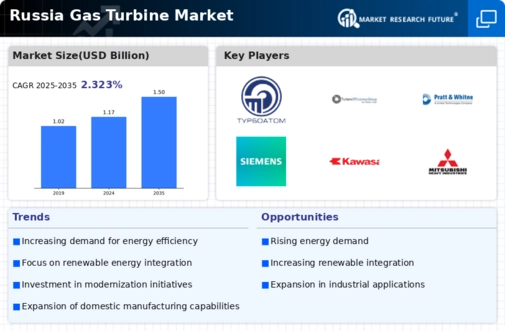
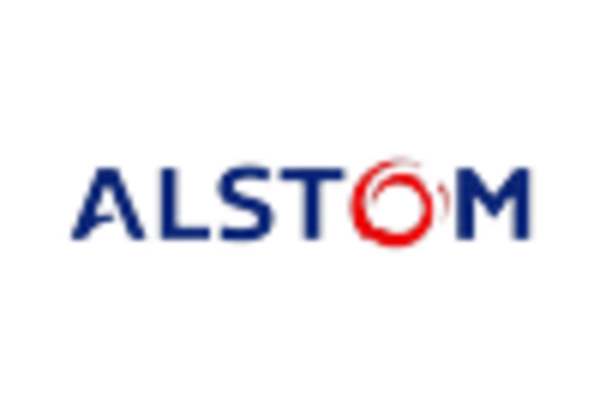

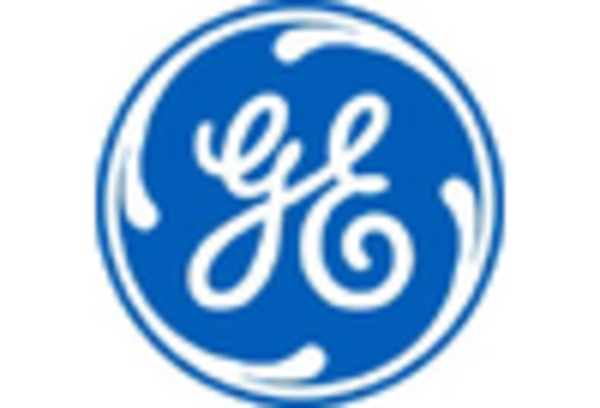
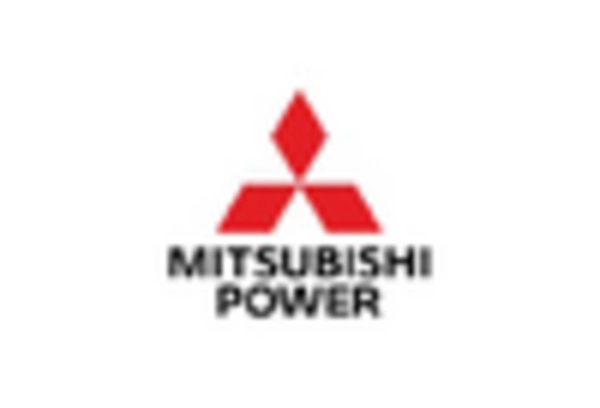
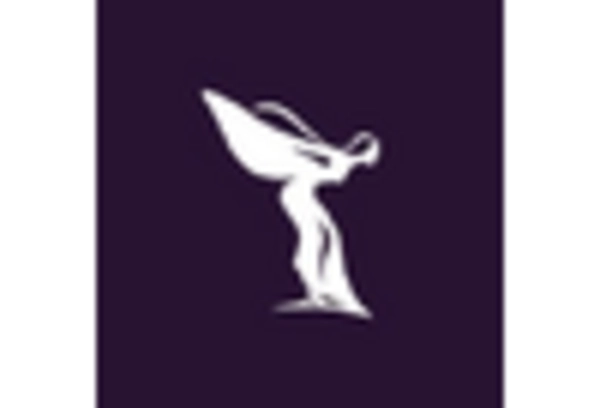









Leave a Comment